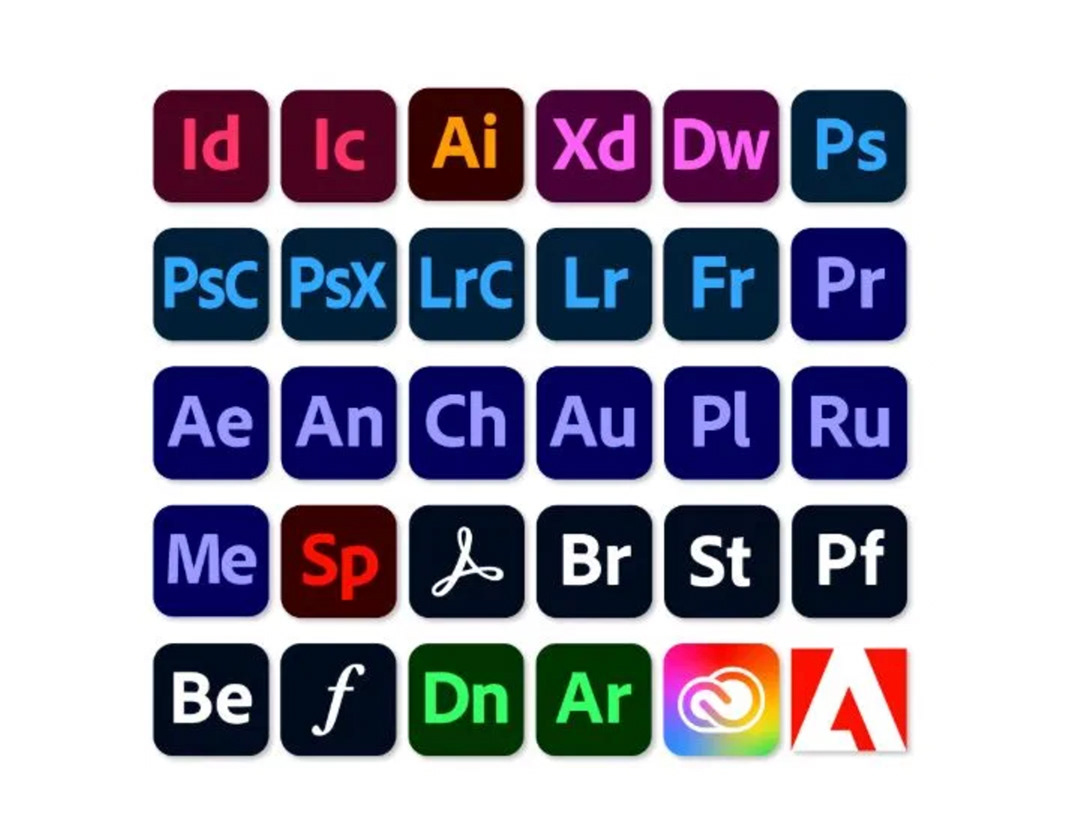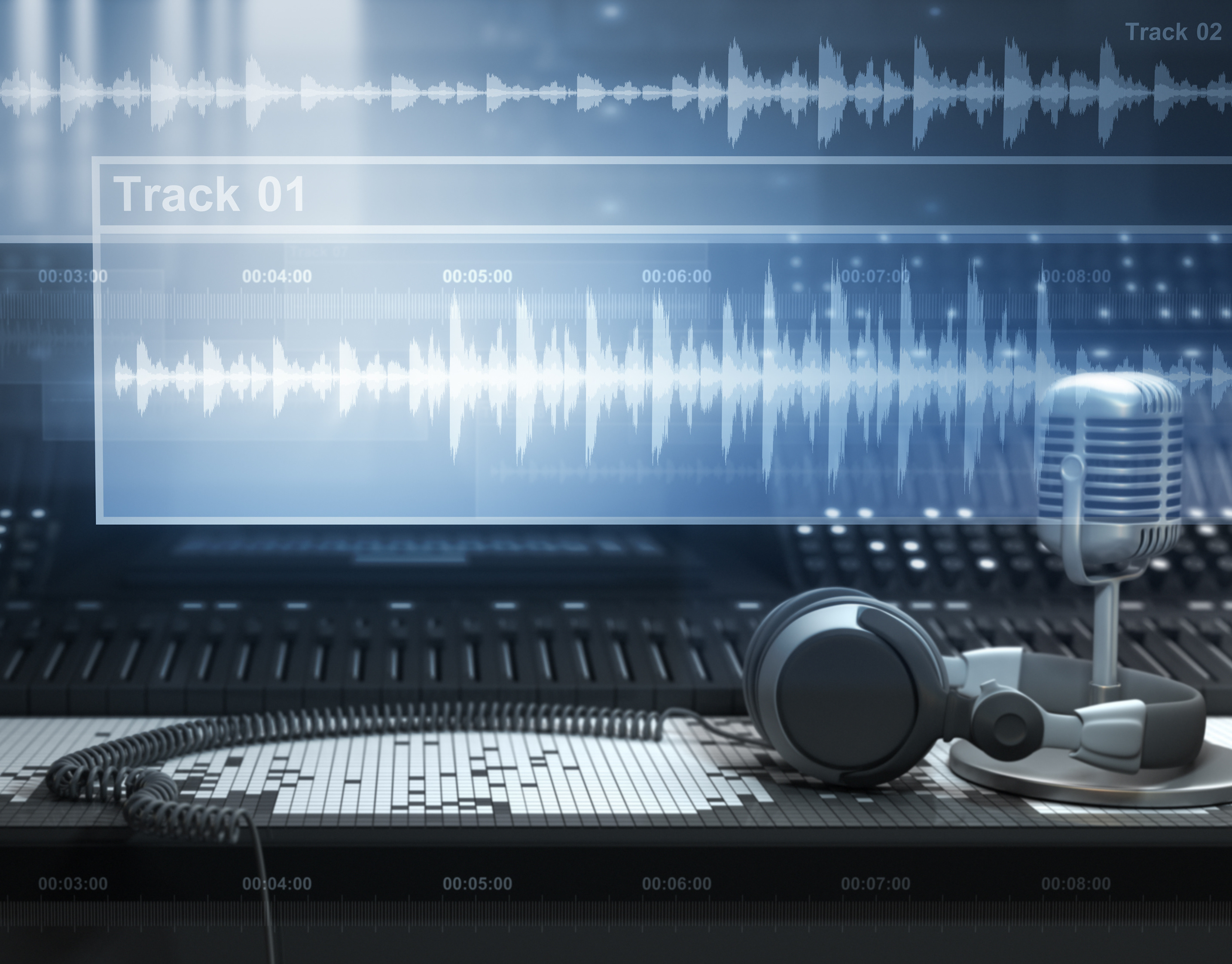Unless you were born before 1950, it’s probably difficult for you to understand how radio once ruled the world. Before television, fans and families would gather around with great anticipation for their favorite weekly radio programs. Radio was also an essential news source, although newspapers were a big deal before television too. I would spend hours as a kid listening to radio, waiting for a favorite song to come on, which was the only way to choose to hear the music that you loved on demand, other than buying the vinyl record or paying a jukebox.
Sound recordings, music, and listening are just as important today as they were in the radio days, but the difference is that now our “sources” or “channels” for sound are either more distributed or combined into other media formats. We now have convenient devices for accessing our own music collections wherever we go, and we can choose from thousands of digital “channels” to listen to — satellite radio, streaming services, and Internet “radio.” Audio recordings of children’s books made long car rides enjoyable for my kids. Furthermore, sound is an integral and often under-appreciated dimension of audio-visual media like film and television.
Sound is more important than ever, although it may not be as obvious as in the days when we gathered fanatically around sole-purpose “sound machines,” like radios and stereos. What is particularly exciting about the current era of sound is that it’s now very easy for us all to produce our own “sounds” as recordings or digital productions. Part of what made the radio such a powerful medium in the first half of the 20th Century was that very few people could produce recordings and broadcasts but almost everyone could consume them. Now, you can do both.
The principles of sound production, editing, and recording are similar to what they have always been, it’s just that, in the digital age, so many of us can now produce music, podcasts, and soundtracks. So, what is the DNA of sound? What is its fundamental nature? When and why should you choose to share something sonically? And, thus, how should you go about planning, making, and editing a sound file using Creative Cloud?
On the one hand, audio recording has been used across history for so many different purposes, by so many different people, and in so many different contexts that it’s impossible to say what it really is and how it really works once and for all. On the other hand, sound — as music, spoken words, or ambient soundscape — does some specific things that neither print nor image can accomplish. We learn to hear and speak language before we can read it, unless we are hearing-impaired. Music has enormous emotional power, which can transport our thoughts and feelings to some dramatic and profound places. And, for those of us who can hear, the sounds of the world around us — nature, machines, people, even our own heartbeats — deeply determine not only our experience but also our basic survival.
Producing audio recordings and broadcasts
Sound recordings have made a huge impact on civilization because, as a technology, they’ve worked so well. They are particularly effective for conveying tone, feel, emotion, and certain kinds of information. Print text often provides more dense and specific information than sound — a written chapter is easier to comprehend in detail than a spoken lecture. Digital sound can also provide a virtual sense of closeness and immediacy, even when you’re actually at a distance: phone calls can make it feel like the person is in the room, and concert recordings approximate listening to a live band. Another distinct advantage of digital sound is that it can be precisely edited, controlled, and manipulated in ways that we often do not perceive when listening. Sounds that were actually recorded separately can be mixed together to seem like they were combined live. A variety of voices, speeches, and interviews can be edited together in something like a “radio essay.”
If the advantages of recording, editing, and mixing described in the previous paragraph seem like they might work for your project — they seem like they might solve problems or energize your work — then maybe you should make a recording, podcast, soundtrack, or soundscape. If, however, you need to share highly detailed information, then perhaps you should do so primarily in print. Or, if the ideas you need to convey are mostly visual, then maybe you should make an image instead of a sound. Of course, perhaps it’s most effective to combine image, language, music, sound, and speech in the form of a movie? But, if you want to focus specifically on sound production and editing, then Audition CC is a professional-grade tool for doing so. You can also use Premiere Pro CC to make sounds, but, since that application is really for making video, Audition is probably the better choice.



